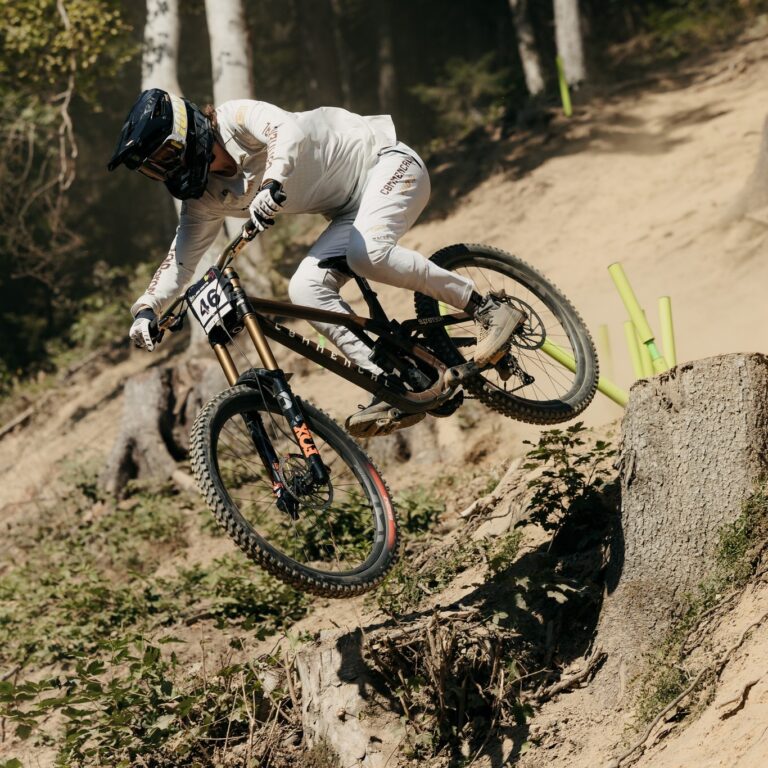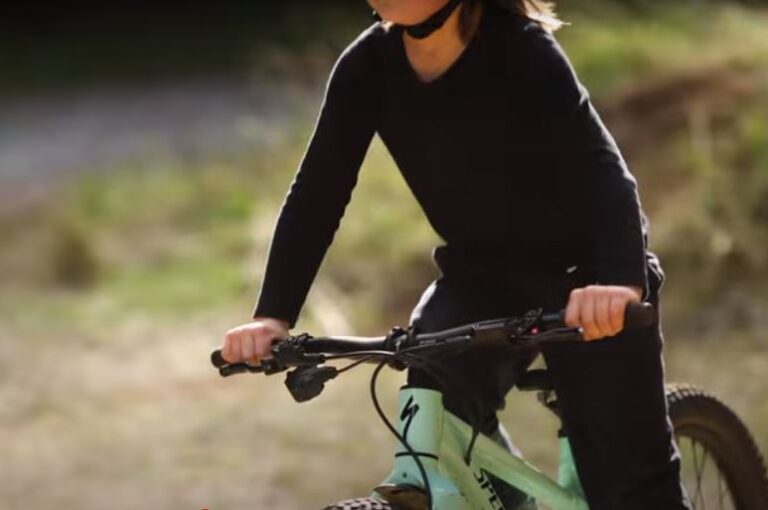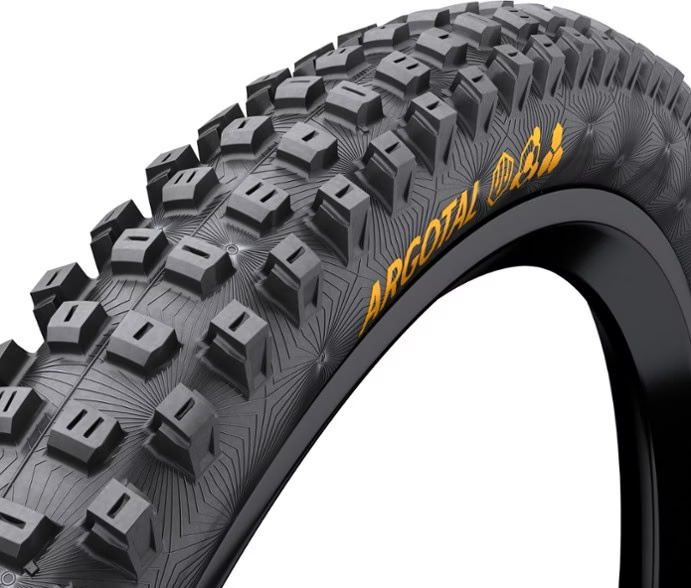Understanding Road Bike Geometry: A Master Cyclist’s Perspective
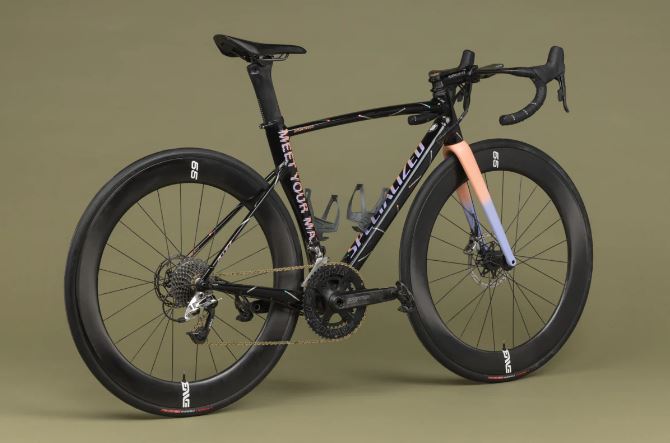
Key Point Summary of Understanding Road Bike Geometry:
- Road Bike Geometry Affects Handling and Comfort: The design of a road bike influences how it handles, feels, and performs under different conditions.
- Key Geometry Measurements: Look at the head tube angle, seat tube angle, chainstay length, bottom bracket drop, and wheelbase to understand a bike’s potential behavior.
- Impact on Ride Experience: Geometry dictates whether a bike is more suited for long, endurance rides or quick, responsive handling for racing.
- Personal Preferences Play a Role: There’s no one-size-fits-all. Personal experience and comfort on a bike can influence your preference for one geometry over another.
As someone who’s spent a considerable chunk of their life pedaling over mountains, grinding through gravel, and racing through the adrenaline-pumping world of cyclocross, I’ve had my fair share of experiences with a wide array of bikes. Each type, whether it be a road bike, mountain bike, gravel grinder, or cyclocross racer, brings its own unique set of characteristics to the table, primarily determined by its geometry.
For those of you just dipping your toes into the vast ocean of cycling or looking to deepen your understanding, let’s dive into the world of road bike geometry, shall we? And don’t worry, I’ll keep it casual and sprinkle in some of my personal anecdotes to help illustrate the points.
The Foundation of Road Bike Geometry
At its core, road bike geometry is about the angles and lengths of the frame’s tubes. These dimensions determine not just how your bike looks but, more critically, how it rides. From the steep climbs to the exhilarating descents, every aspect of your ride is influenced by these measurements.
The Head Tube Angle: The Steering’s Backbone
One of the first geometry terms I got familiar with was the head tube angle. It’s pretty much what it sounds like—the angle of the tube where your handlebars and front fork slot in. A steeper angle tends to make the bike more responsive, which is fantastic for racing when quick maneuvers are part of the game. On the other hand, a slacker angle offers stability, especially at high speeds or on descents, making it a friend for those long endurance rides.
The Seat Tube Angle and Its Secrets
The seat tube angle might not seem like the most exciting aspect of bike geometry, but it has a profound effect on your riding position. Too steep and you’re over the pedals, which can be great for power but tough on long rides. Too slack, and you might find yourself too relaxed, losing some of that precious pedaling efficiency. I’ve tinkered with seat positions more times than I can count, trying to find that sweet spot.
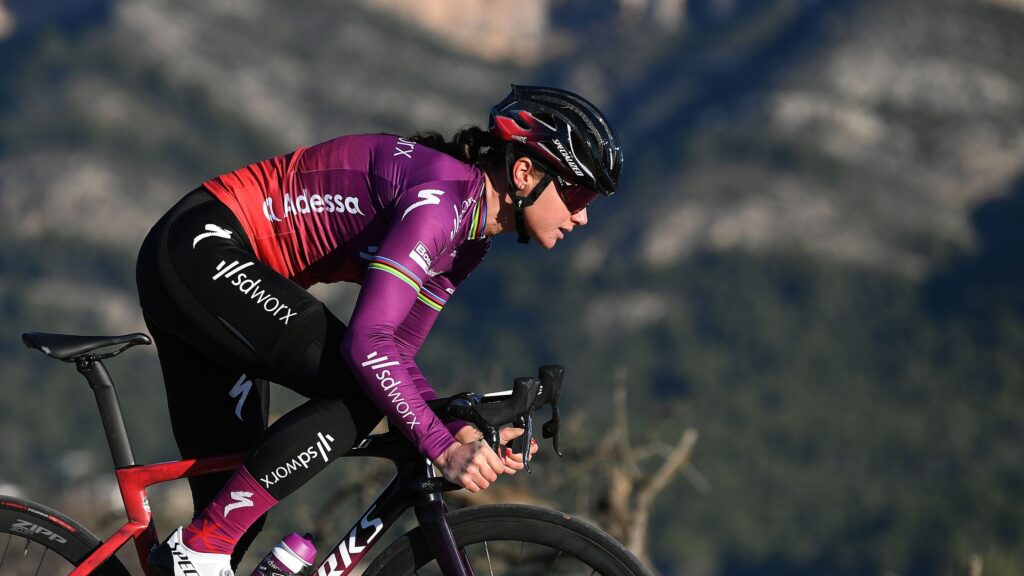
Chainstay Length: Stability vs. Agility
Longer chainstays bring stability and comfort, making your bike feel more predictable, especially at speed. Shorter chainstays, however, can make the bike feel more nimble, which is a blast in tight corners or when you need to change direction quickly. I remember switching to a bike with noticeably shorter chainstays and being amazed at how it felt like it could dance beneath me.
The Underrated Hero: Bottom Bracket Drop
The bottom bracket drop might not get the same attention as some other geometry aspects, but it’s crucial for balance and stability. A lower bottom bracket helps lower your center of gravity, which can make the bike feel more planted and secure, especially in corners. It also affects how easy it is to put a foot down when you stop, something I learned the hard way during a particularly embarrassing tumble at a traffic light.
Wheelbase: The Long and Short of It
The wheelbase is the distance between your front and rear wheels. A longer wheelbase generally means a more stable, smooth ride, ideal for endurance and comfort. A shorter wheelbase makes the bike more agile and responsive, perfect for racing scenarios where split-second decisions are made. I’ve swung between preferences for long and short wheelbases, settling on something in the middle for my everyday rides.
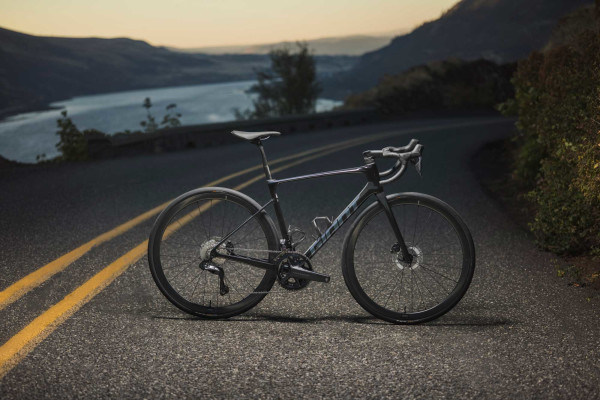
Personal Anecdotes and Preferences
Over the years, I’ve come to realize that while the technical aspects of road bike geometry are universal, the perfect bike feels different for everyone. I’ve ridden bikes that, on paper, should have been perfect for me but just didn’t click. Conversely, I’ve fallen in love with bikes that didn’t seem like a good fit at first glance.
Selecting the best road bikes according to their geometry is a bit subjective, as the ideal geometry varies based on a rider’s individual preferences, riding style, and intended use (e.g., racing, endurance, touring). However, I can highlight five road bikes that are well-regarded for their geometry and design, each catering to different aspects of road cycling. Keep in mind that the best bike for you depends on your specific needs, such as comfort, speed, handling, or versatility.
1. Specialized S-Works Tarmac SL7
The Tarmac SL7 is a masterpiece of balanced geometry, blending the lines between aerodynamics, weight, and responsiveness. Its aggressive geometry is suited for racers looking for quick acceleration and nimble handling, yet it remains comfortable enough for longer rides. The bike’s design philosophy aims to eliminate the compromise between aerodynamics and weight, making it a top choice for riders seeking efficiency and speed.
2. Trek Domane SLR
The Domane SLR stands out for its endurance-oriented geometry. It features a slightly higher head tube and a longer wheelbase for stability and comfort over long distances. The bike is equipped with Trek’s IsoSpeed technology, which decouples the seat tube from the rest of the frame to absorb road vibrations, enhancing comfort without sacrificing efficiency. This makes the Domane SLR ideal for riders who prioritize comfort and stability, especially on rough roads.
3. Canyon Ultimate CF SLX
The Canyon Ultimate CF SLX is revered for its balanced geometry that caters to both climbing and sprinting efficiency. It strikes a perfect balance between being lightweight for climbs and aerodynamically optimized for flat-out speed. The bike’s shorter head tube and compact frame design promote an aggressive riding position for racers, while still offering a degree of comfort for longer efforts.
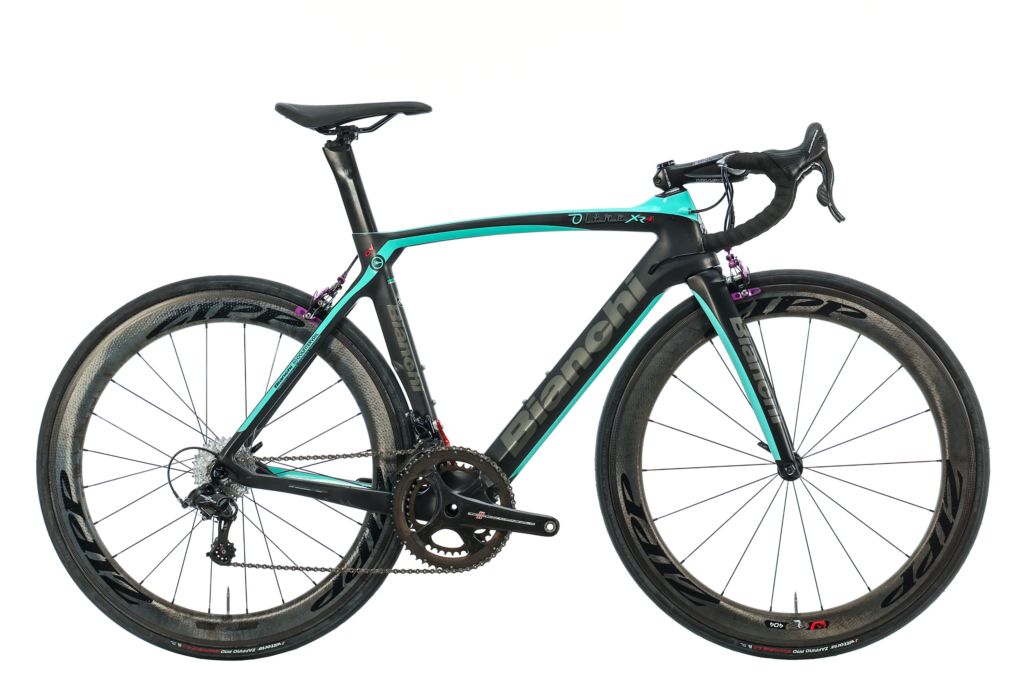
4. Bianchi Oltre XR4
The Bianchi Oltre XR4 is an aero road bike with a geometry designed for aggressive riding and speed. Its aero frame, combined with a slightly longer reach and lower stack, puts the rider in an optimal position for aerodynamics and power transfer. The Oltre XR4 also incorporates Bianchi’s Countervail technology, which significantly reduces road vibrations to improve comfort without impacting the bike’s stiffness and responsiveness.
5. Giant Defy Advanced Pro
The Giant Defy Advanced Pro series is designed with endurance geometry, offering a comfortable ride for long days in the saddle. It features a taller head tube and a longer wheelbase, which provide a more upright riding position and stable handling, respectively. The bike is also equipped with Giant’s D-Fuse technology in the seatpost and handlebars to absorb road shocks and vibrations, further enhancing rider comfort without sacrificing performance.
Each of these bikes showcases a different approach to road bike geometry, highlighting the diversity available in the market. Whether you prioritize speed, comfort, handling, or a balance of factors, there’s a road bike geometry out there that’s perfect for your riding style and goals. Always consider test riding several models to truly understand how their geometries affect your riding experience.
Finding Your Perfect Geometry
The key takeaway here is that understanding the basics of road bike geometry can help you make more informed decisions about your bike. But don’t forget to listen to your body and consider your riding style and goals. And remember, sometimes the best way to find out what works for you is simply to get out there and ride a few different bikes.
Wrapping It Up
Understanding road bike geometry can seem daunting at first, but it’s a fascinating subject that directly impacts your enjoyment and performance on the bike. Whether you’re tweaking your current ride or shopping for a new one, keeping these principles in mind can help you find a bike that feels like an extension of yourself on the road. And who knows? Maybe, like me, you’ll find joy in the subtleties of how changing one angle or length can transform your entire riding experience.
Happy cycling!
John
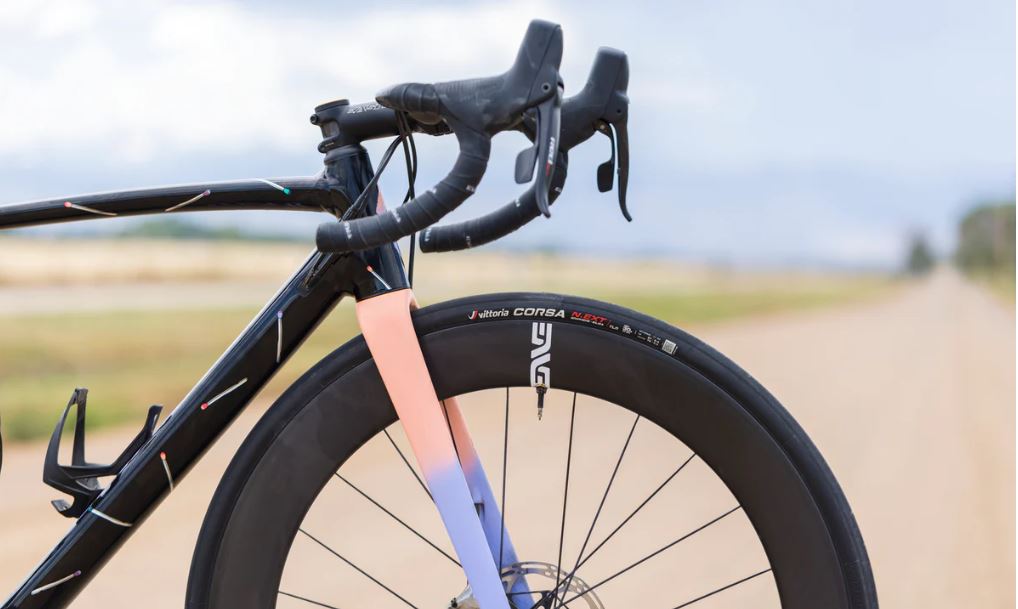
FAQ
Does road bike geometry matter?
Yes, road bike geometry significantly matters as it influences the bike’s handling, comfort, stability, efficiency, and overall ride characteristics.
What are the different geometry of road bike?
There are primarily three different geometries in road bikes:
- Race Geometry: Designed for speed and efficiency, featuring a lower handlebar position for aerodynamics, shorter wheelbase for quick handling, and steeper angles for responsiveness.
- Endurance Geometry: Focused on comfort for long rides, with a taller head tube for a more upright position, longer wheelbase for stability, and slightly slacker angles for smoother handling.
- Aero Geometry: Optimized for reducing wind resistance, combining elements of race geometry with tube shapes and frame designs that are aerodynamically efficient, often at the expense of slightly increased weight and decreased comfort.
How do I choose a bike in geometry?
To choose a bike based on geometry, consider your riding style, goals, and comfort preferences. If you prioritize speed and racing, look for race geometry. If you value comfort on long rides, endurance geometry is preferable. For time trials or triathlons, an aero bike might be best. Test riding different bikes can help you feel the differences and decide which geometry suits you best.
What is the most aggressive road bike geometry?
The most aggressive road bike geometry is typically found in pure race bikes. These bikes have a very low and forward riding position, designed to maximize power output and aerodynamics for competitive racing. Brands often have specific models tailored for this, such as the Specialized S-Works Tarmac SL7, known for its aggressive stance and performance-oriented design.


